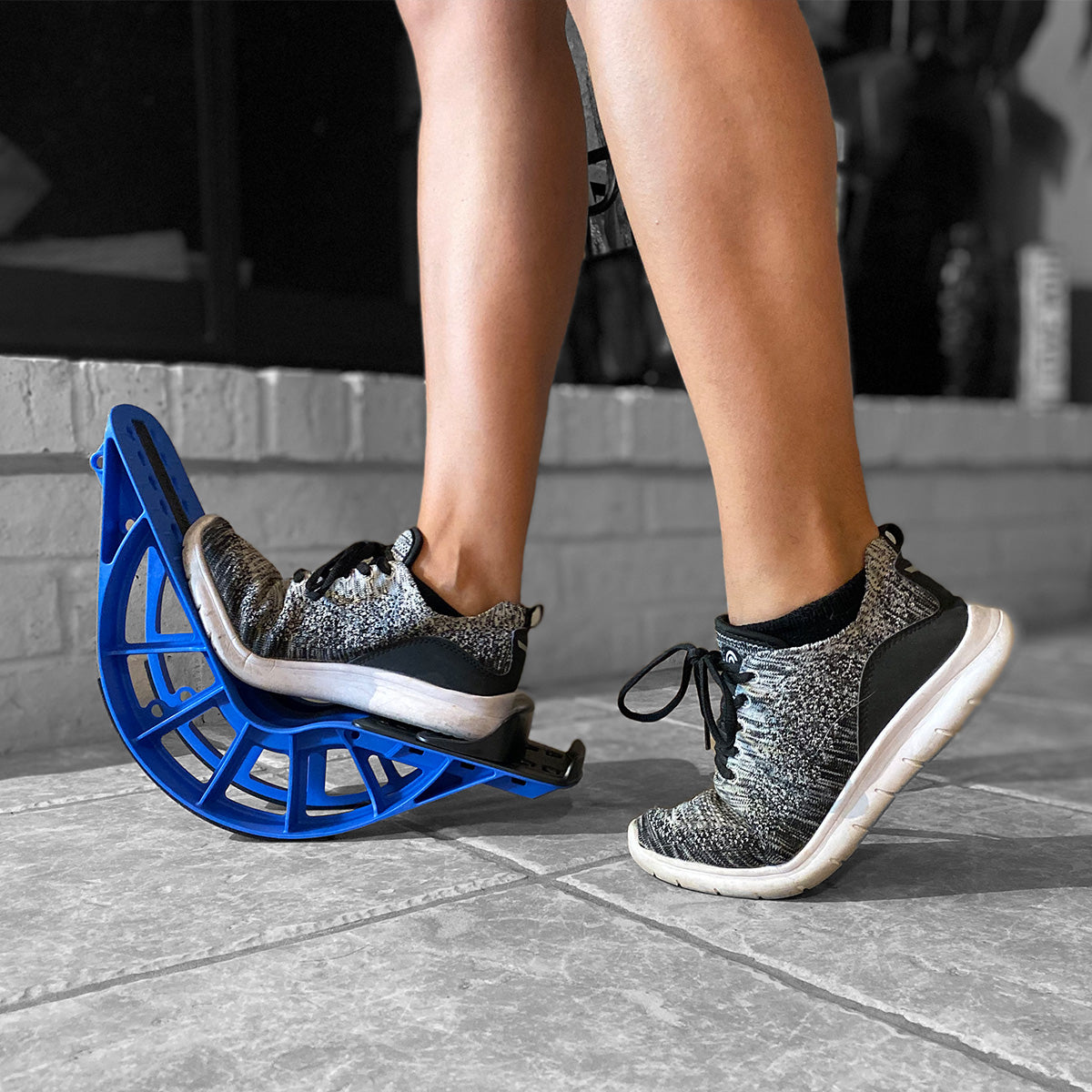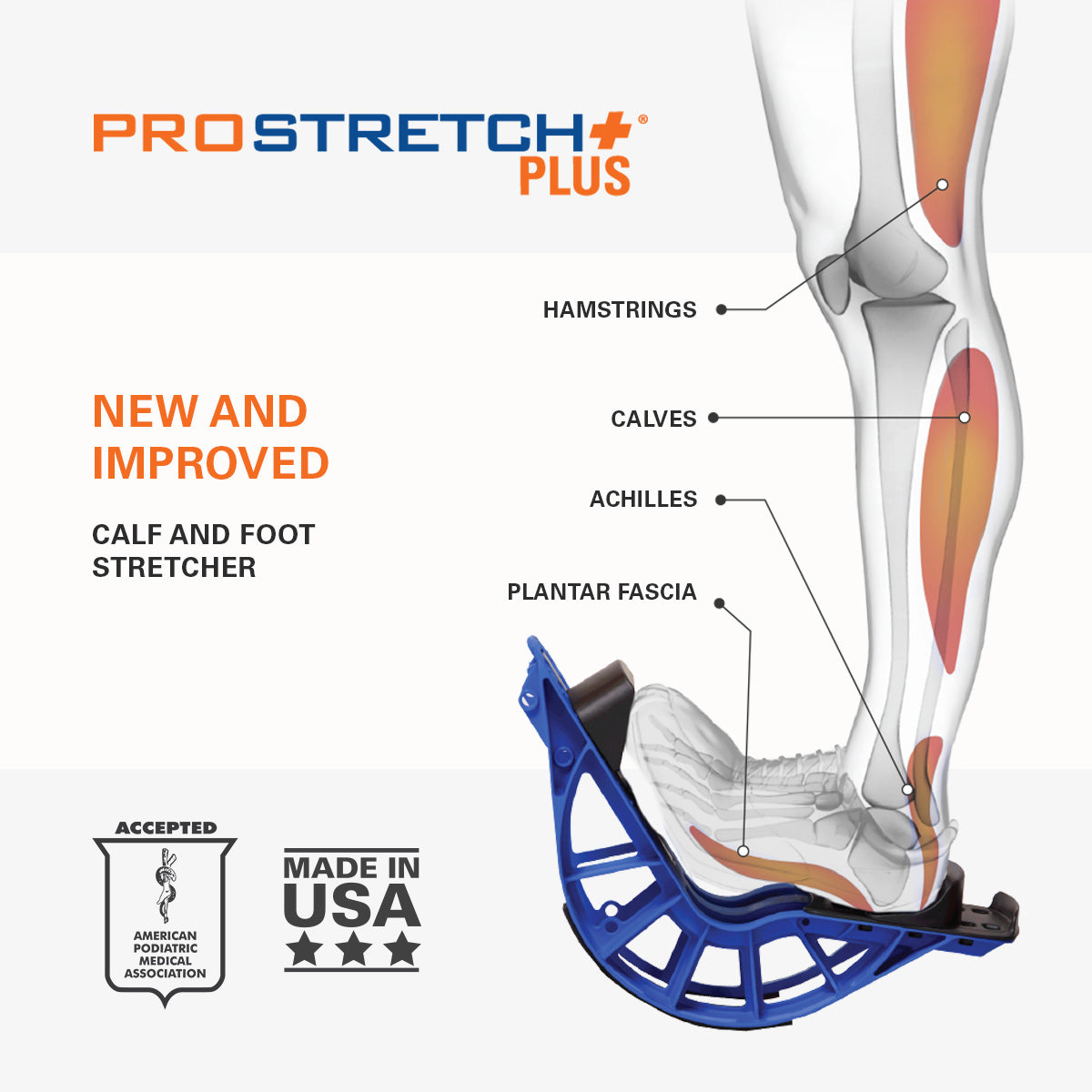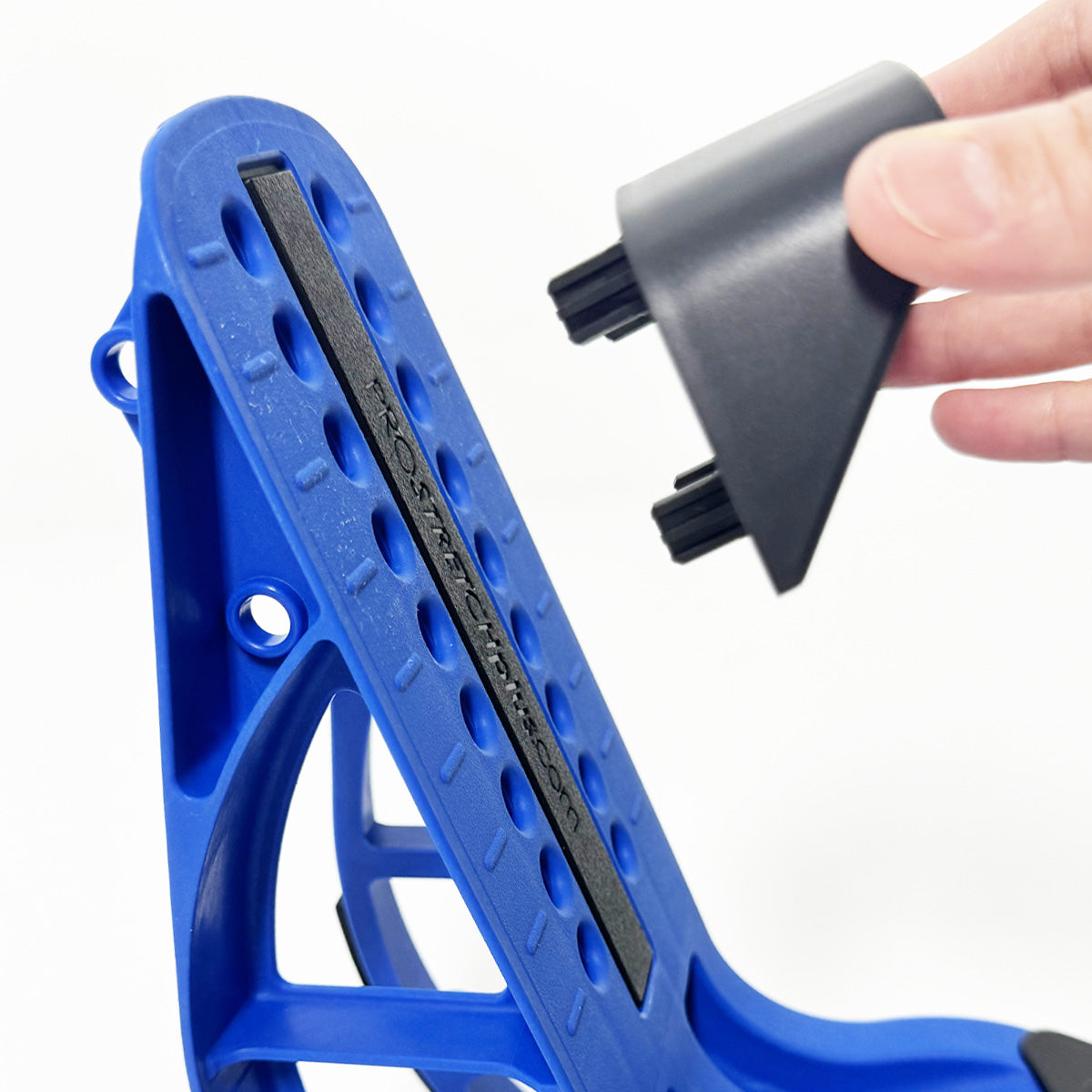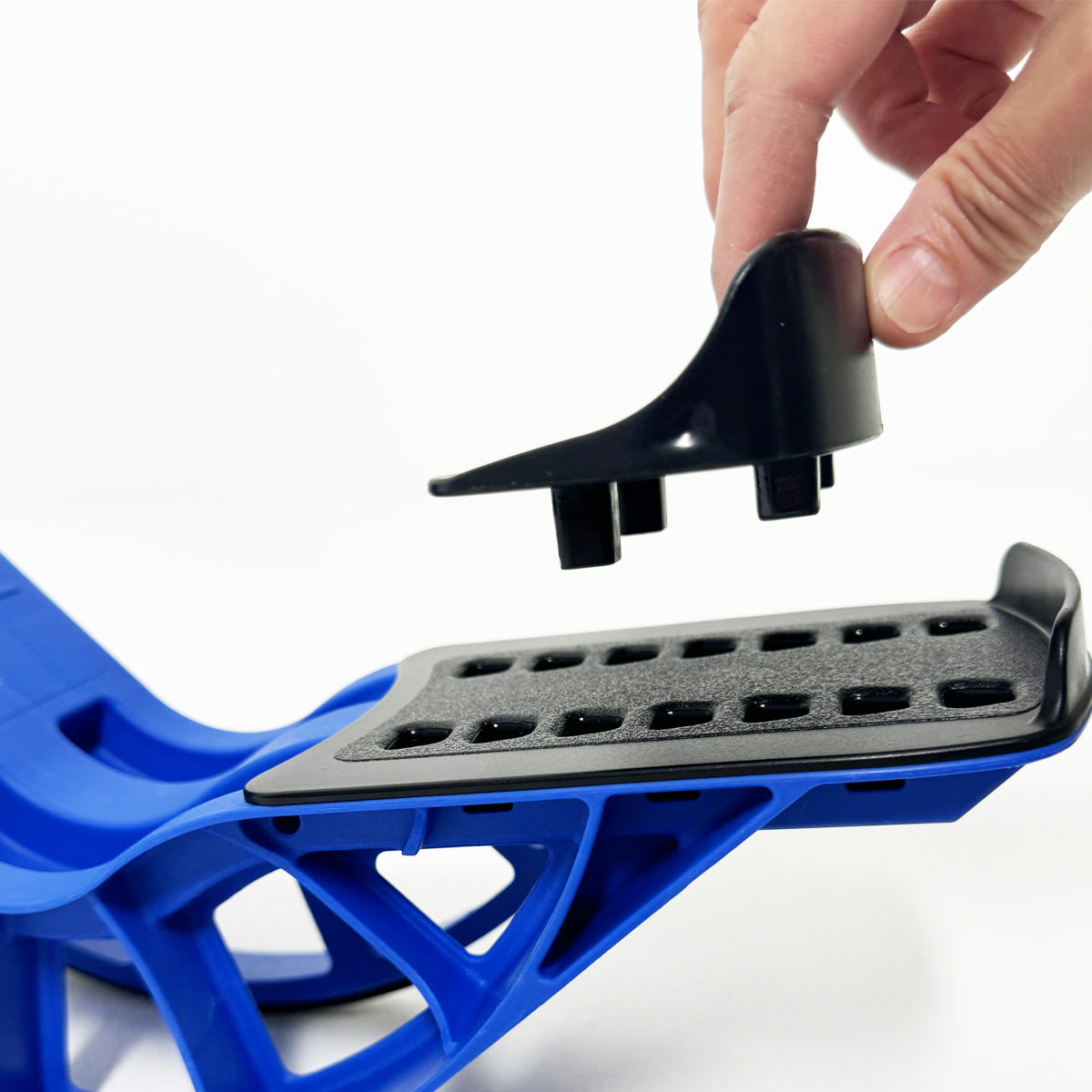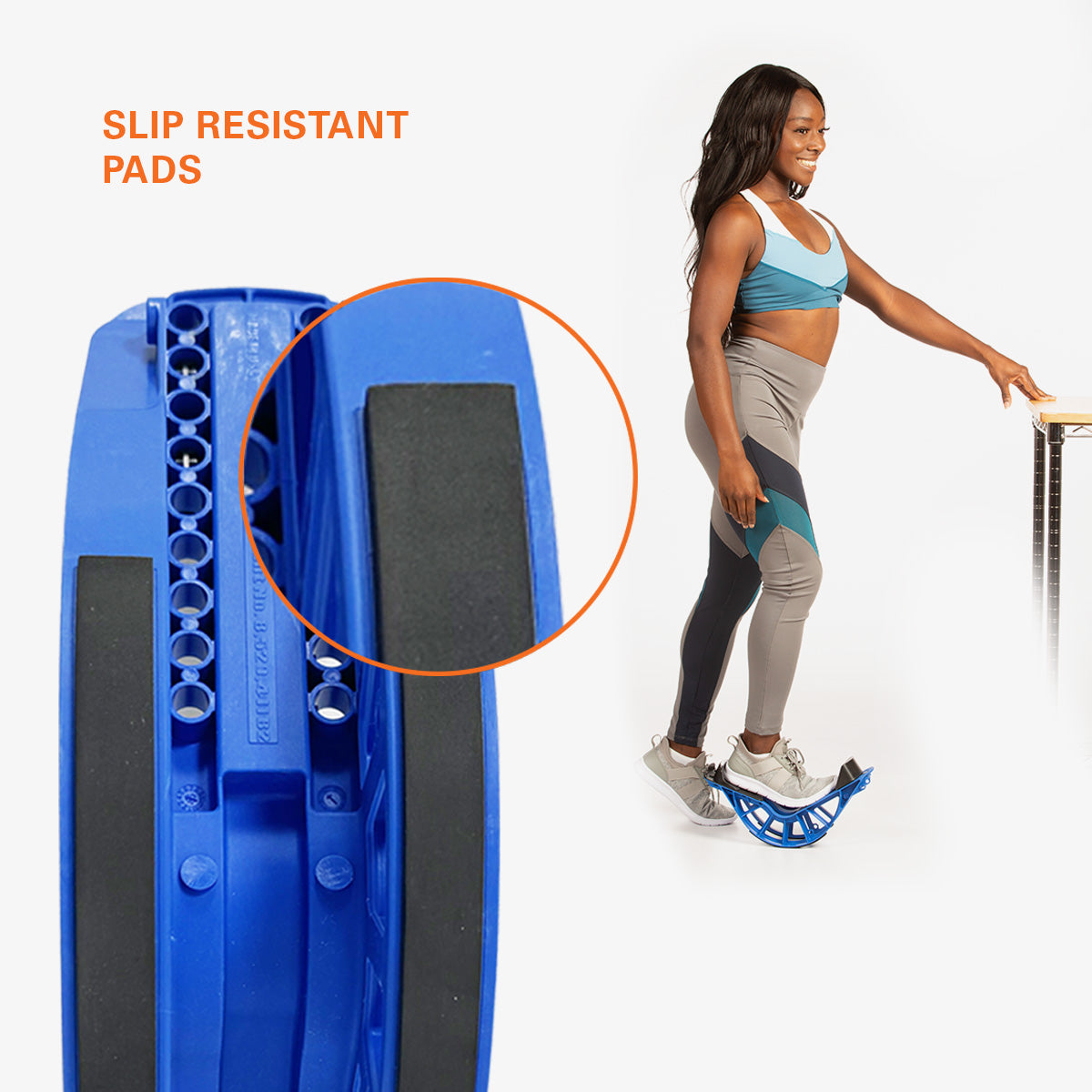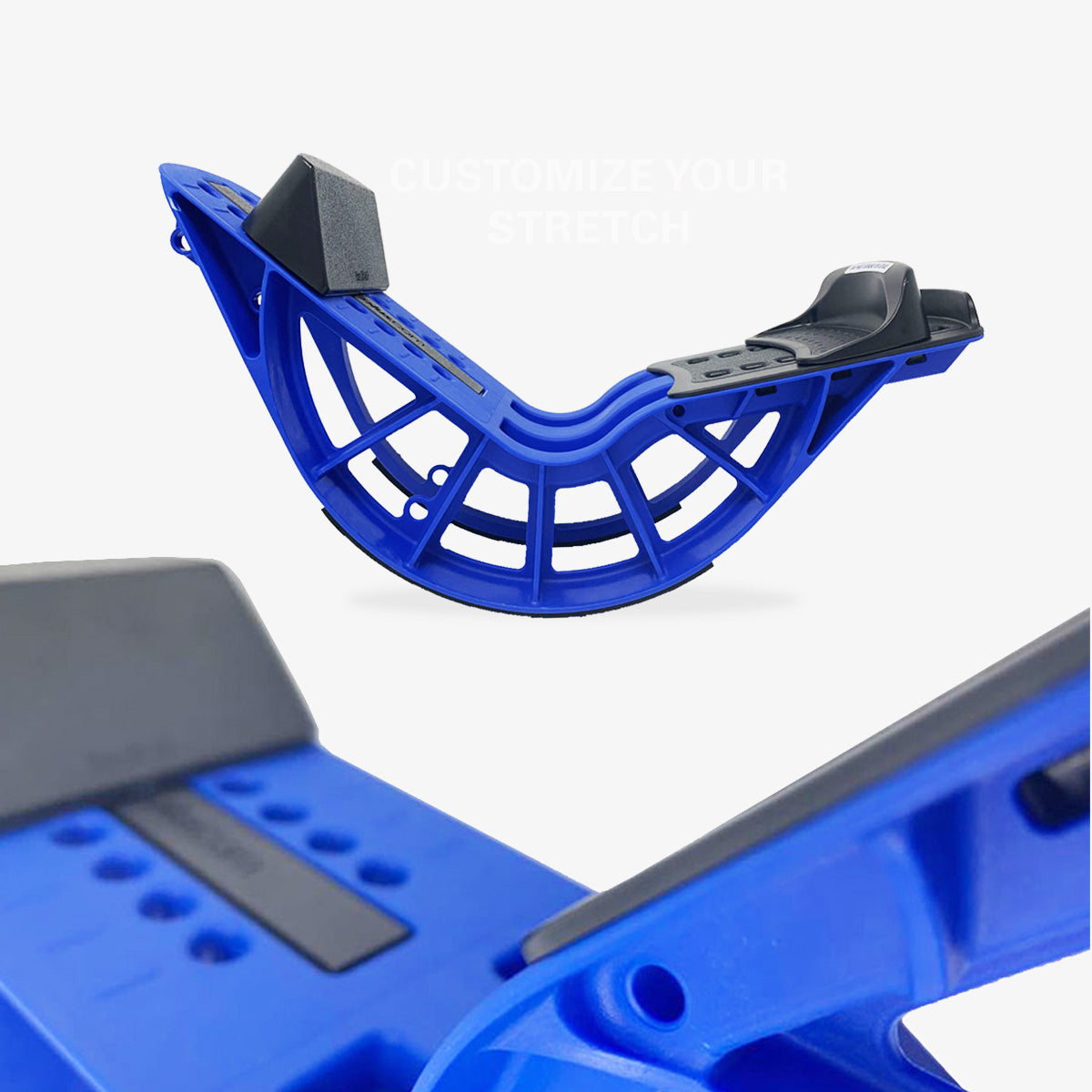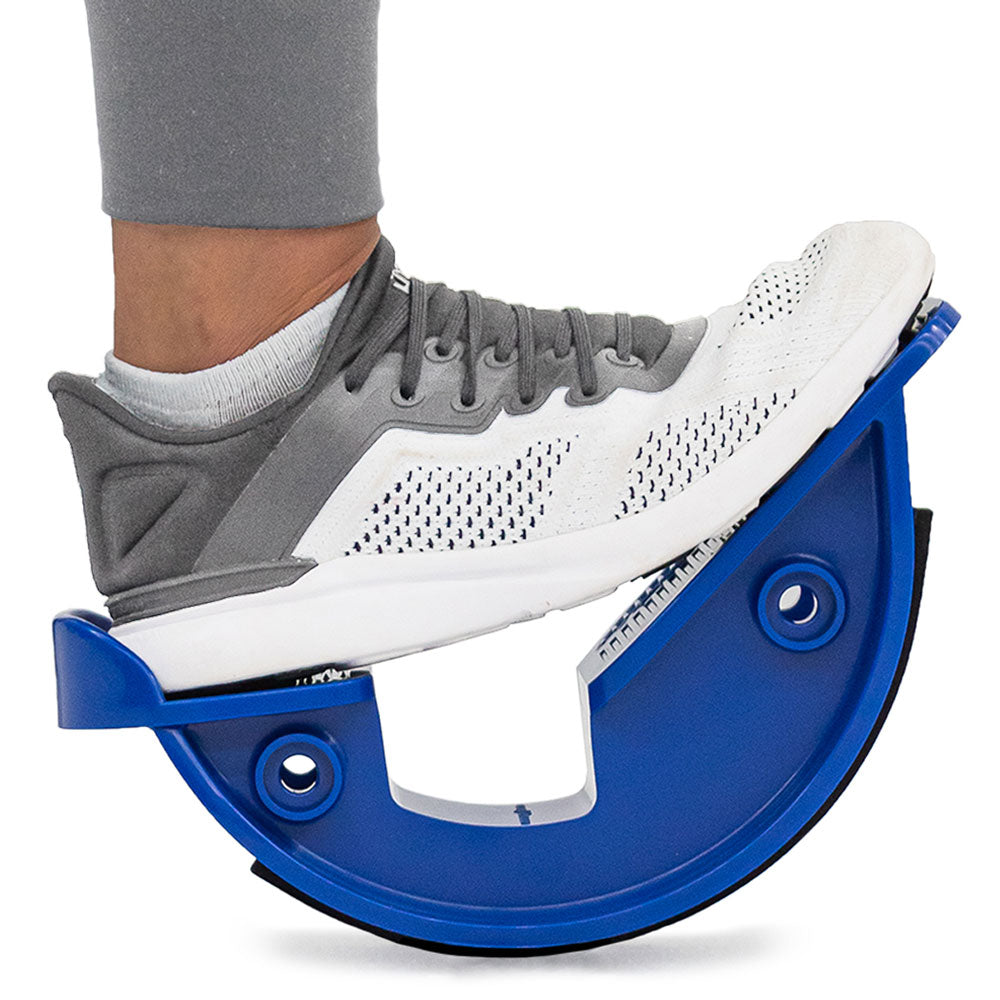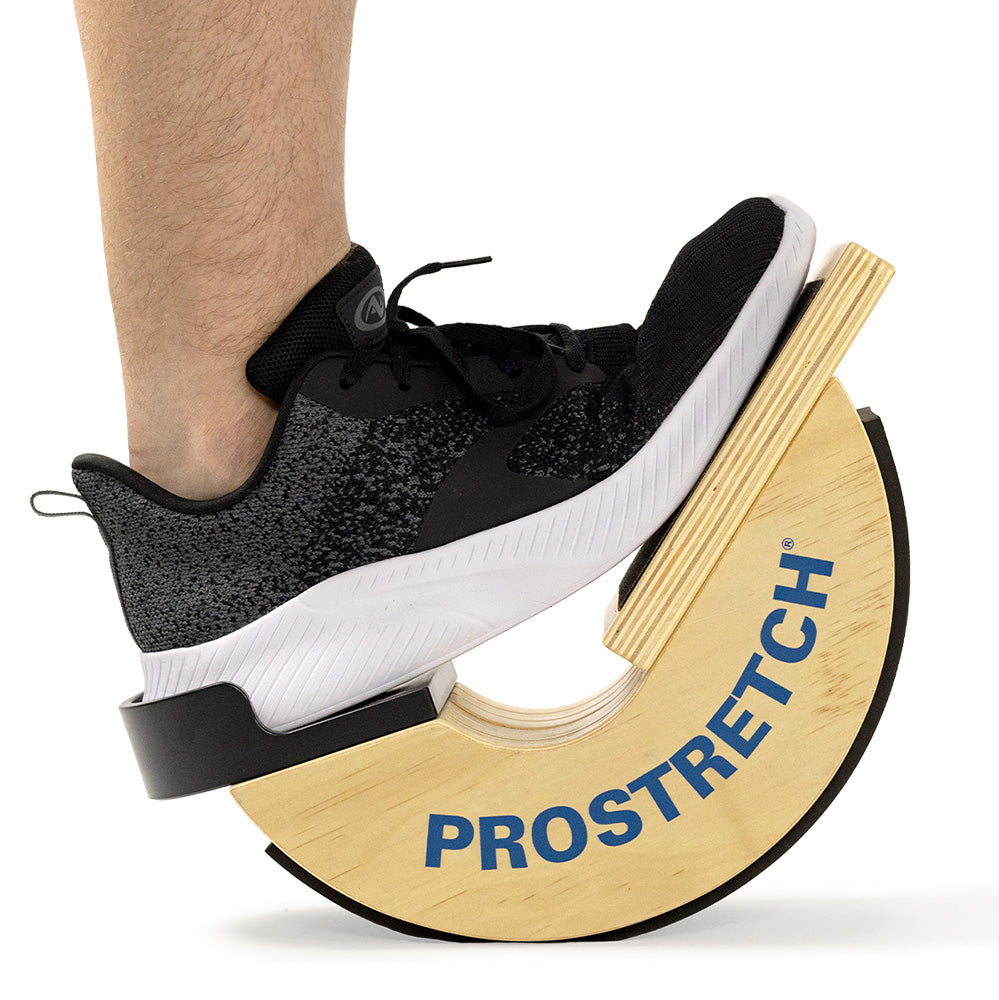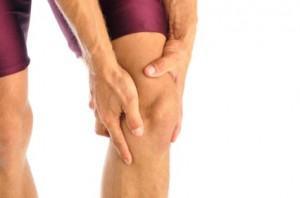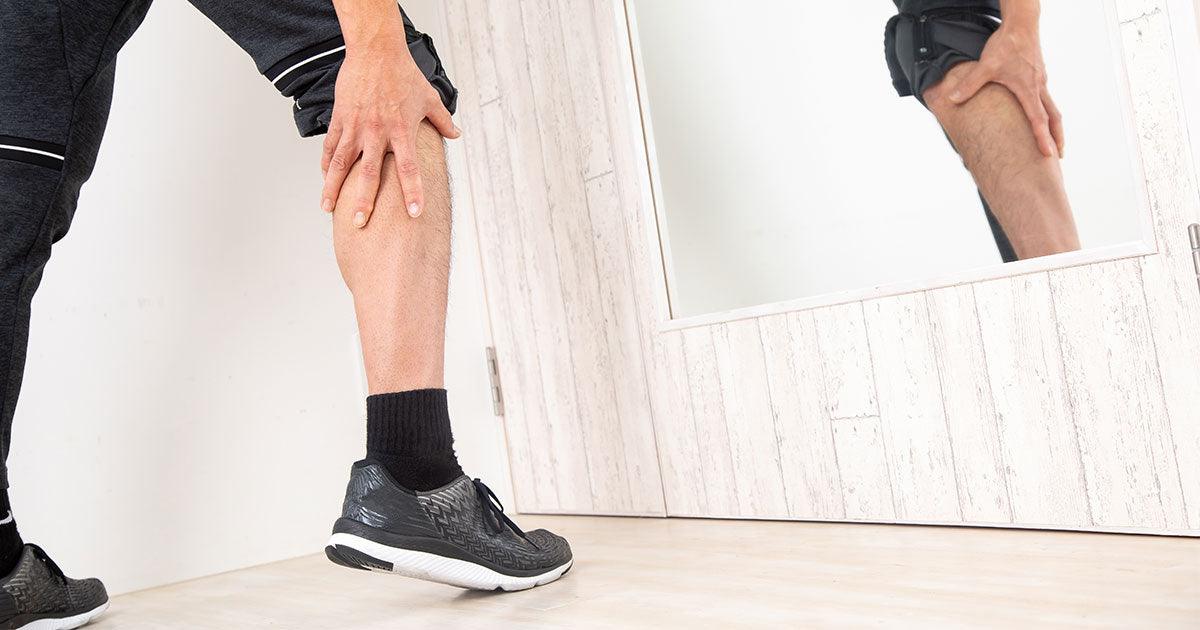Spring is here which means track season has started for thousands of students. It also means that student athletes are at risk of getting hurt. Every spring, young athletes begin intensive training for track season, and within weeks, many are halted by common running injuries such as plantar fasciitis, Achilles tendonitis, IT band syndrome, runner’s knee, and shin splints.
Plantar Fasciitis
Since our feet absorb a force several times our body weight with each step, it is not surprising that approximately 15 percent of all running injuries affect the foot. Plantar fasciitis is caused by straining the ligament that supports the arch, and is usually the top foot complaint among runners. The pain, which typically feels like a stabbing pain on the bottom of the heel, is usually worse first thing in the morning or after periods of inactivity and can intensify after standing for long periods of time.
What starts out as a fairly easy-to-treat injury, when ignored, can result in an extremely painful condition that can sideline track athletes. Runners who have very high or very low arches are vulnerable because both foot types cause the plantar fascia to be stretched away from the heel bone. Other risk factors are extreme pronation (foot rolls inward excessively) and supination (foot rolls outward excessively).
Maintaining good flexibility throughout the inter-connective chain of the lower leg including the ankle, Achilles tendon and calf muscles is the best way to prevent plantar fasciitis for track runners. Preventative measures for plantar fasciitis are similar to that of treatment so it makes sense for athletes to use preventative measure to avoid the pain.
Medi-Dyne’s solutions:
Bio-mechanically designed Tuli’s Heel Cup provides immediate relief by cushioning the area of pain and elevating the calcaneus (heel bone) to take pressure off of the Achilles tendon, lessening the tension and allowing for a regaining of flexibility.
The ProStretch Plus has been proven to provide a deep stretch that increases flexibility along the entire inter-connective chain, delivering the long-term flexibility needed for both the prevention and treatment of plantar fasciitis.
Achilles Tendonitis
The Achilles tendon connects the two major calf muscles to the back of the heel. When overused, the tendon tightens and becomes irritated. Achilles tendinitis is responsible for approximately 11 percent of all running injuries. Runners who dramatically increase their training at the beginning of track season and who have tight, weak calves are vulnerable to this injury.
Many people suffering from Achilles tendonitis symptoms experience swelling and mild to severe pain in the ankle area. Achilles tendonitis symptoms typically begin as a mild ache in the back of the leg or above the heel after running or other sports activity. Pain may come on gradually or may only be felt when running or walking. Episodes of more severe tendon pain may occur after prolonged running, stair climbing, or sprinting.
Athletes in sports which use a pushing-off motion like track are no strangers to Achilles issues, and calf flexibility is critical to the health of the Achilles tendon. As with plantar fasciitis, an athlete can prevent and treat Achilles tendonitis by using the ProStretch Plus for a safe and gradual stretch of the lower leg. Another way to prevent or treat Achilles tendonitis pain is to use shoe inserts like Tuli’s Gaitors and heel cups like Tuli’s Heel Cups. Both of these items can be placed in a runner’s shoes to promote stability and proper alignment as well as provide long-lasting relief from Achilles tendonitis pain.
A support straps like the Cho-Pat Achilles Tendon Strap can also help alleviate the pain and discomfort of Achilles tendonitis. Developed in cooperation with the Mayo Clinic, the patented Cho-Pat Achilles Tendon Strap reduces stress on the Achilles tendon by gently lifting the heel, and it can be worn in all shoes or barefoot.
IT Band Syndrome
IT Band Syndrome is the one of the most common overuse injuries for runners. The IT Band lies along the outside of the thigh from the hip to the knee and is designed to assist the hip muscles in the outward movement of the thigh and to stabilize the side of the knee. The knee flexes and extends when running and this can cause the IT Band to rub on the side of the femur. Track athletes who take up their mileage too quickly at the beginning of track season can be susceptible to ITBS.
Runners suffering with ITBS experience pain along the outside of the knee joint, sometimes accompanied by a clicking sensation. ITBS typically starts with tightness, can become extremely painful on the outside part of the knee or lower thigh, and can be made worse by activity.
Runners who do not cross train many suffer from weak hip abductor and gluteal muscles and could be at greater risk for ITBS. ITBS can be a debilitating injury to a track athlete and can become so painful that a runner is unable to train at all until it heals.
The best way to provide immediate relief for ITBS pain is using an IT Band strap. It compresses the area to begin healing and prevent further damage and may provide comfortable support even when running.
For long-term healing and prevention of ITBS, a track athlete needs to stretch and strengthen weak hip and core muscles. The CoreStretch is an effective tool to stretch and activate the entire interconnected chain of core muscles like hamstrings, lower back, hips, piriformis, and glutes.
In addition to the CoreStretch, the ProStretch Pro Roller can be used to deliver a deep tissue massage and increase the blood flow along the full length of the IT Band. The ProStretch Pro Roller increases circulation, relieves knots, warms muscles, eliminates scar tissue, and improves an athlete’s overall performance.
Runner’s Knee
Patellofemoral pain syndrome (PFPS) or “runner’s knee” is the irritation of the cartilage on the underside of the patella (kneecap). Approximately 40 percent of running injuries are knee injuries, and it is a common complaint among track athletes. Runner’s knee typically flares up during or after long runs, after extended periods of sitting, or while descending hills and stairs. It is usually starts as a dull pain in the front of the knee and often worsens over time.
Athletes can get immediate relief and support from a couple of Cho-Pat® products. The Cho-Pat Original Knee Strap stabilizes and tightens the kneecap mechanism and provides track athletes with mobility, comfort, and support. The Original Knee Strap can be used to reduce pain, improve tracking, and is doctor recommended for over 30 years.
For long-term healing and prevention of runner’s knee, a runner should stretch and strengthen glutes, hamstrings and quads. The patented StretchRite system features a non-elastic strap which makes it easy to perform each stretch properly and effectively.
Shin Splints
Shin splints refers to medial tibial stress syndrome, an achy pain that results when small tears occur in the muscles around your shin bone. Shin splints make up approximately 13 percent of running injuries and results from overuse or an overload of stress. This overload of stress can be due to taking on too much too fast, over-pronation or by calf, foot or Achilles tendon inflexibility. Athletes who are involved in a sport like track are very likely to experience shin splints pain at some point.
Shin splints sufferers experience pain along or just behind the inner edge of the tibia. The pain typically increases during activity. It’s important to employ R.I.C.E. (rest, ice, compression, and elevation) and adequate stretching to both reduce pain and remedy shin splints. For additional immediate relief from existing shin splints pain and added support, a product like Tuli’s Gaitors will cushion and disperse stress on shin bones. Tuli’s Gaitors not only provides good arch support, but it adds light-weight shock absorption to help prevent shin splints pain.
For preventing and treating shin splints, it is important to increase flexibility in calf muscles and feet. Athletes who stretch their calves daily will increase calf flexibility and dramatically reduce the risk of a muscle imbalance injury like shin splints. The ProStretch Plus is a very effective tool for stretching and strengthening your calves and increasing lower leg flexibility.
For the runner experiencing shin splints, a shin splint compression sleeve is a highly effective tool for alleviating shin splints pain when exercising. It can combine compression to support muscles, stimulate circulation, and maintain warmth to alleviate the pain of shin splints.
The post Spring Track Running Injuries appeared first on Medi-Dyne.






